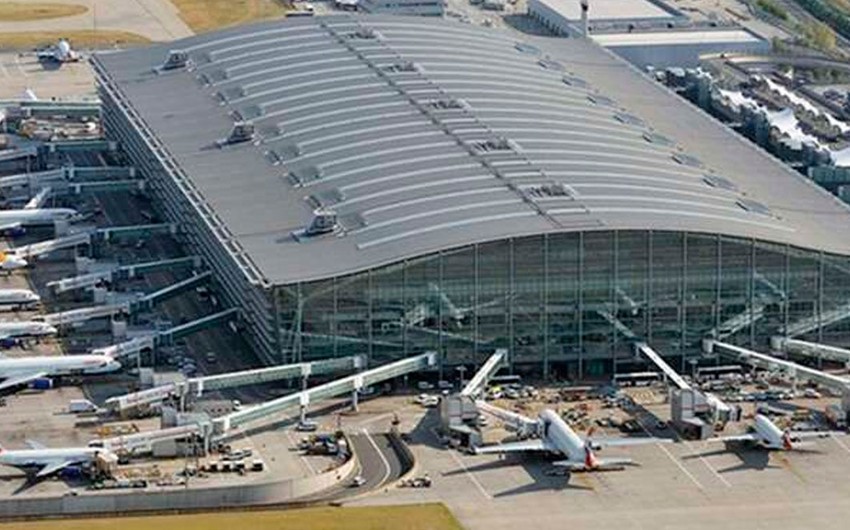London's Heathrow Airport resumed full operations on March 22 after a fire at an electrical substation the day before caused a power outage and temporarily closed Europe's largest airport.
Report informs via Reuters that some flights were already restored by the evening of March 21, but the disruption affected thousands of passengers, forcing them to find hotel accommodations and alternative routes as airlines scrambled to return planes and crews to their bases.
A Heathrow spokesperson confirmed that additional staff were deployed to assist passengers affected by the disruptions.
"Hundreds of additional employees have been deployed in terminals, and extra flights have been added to carry another 10,000 passengers," the spokesperson stated.
On March 22, a total of 1,351 flights were scheduled at Heathrow, with an expected passenger count of up to 291,000. However, due to the disruptions, some flights were diverted to other UK and European airports, and long-haul flights were returned to their points of origin.
IATA Director General Willie Walsh called the situation a “clear planning failure” by the airport.
To alleviate airspace congestion, UK authorities temporarily lifted restrictions on nighttime flights. However, British Airways CEO Sean Doyle noted that the disruption would have a “significant impact on all of our customers in the coming days.”
Aviation experts pointed out that the last time such major disruptions occurred at European airports was in 2010, when an Icelandic volcanic eruption led to the cancellation of around 100,000 flights.
Amid the crisis, hotel prices around Heathrow soared, with rooms being offered for £500 ($645)—five times the usual rate.
Police stated they do not consider the fire suspicious, but investigations are ongoing. The London Fire Brigade confirmed that they are focusing on the electrical distribution equipment.
In recent years, Heathrow faced significant disruptions, including issues with automated boarding gates and air traffic control systems in 2023.


 https://images.report.az/photo/95014ae3-938f-3b12-abd8-11bd3a66e8d4.jpg
https://images.report.az/photo/95014ae3-938f-3b12-abd8-11bd3a66e8d4.jpg

